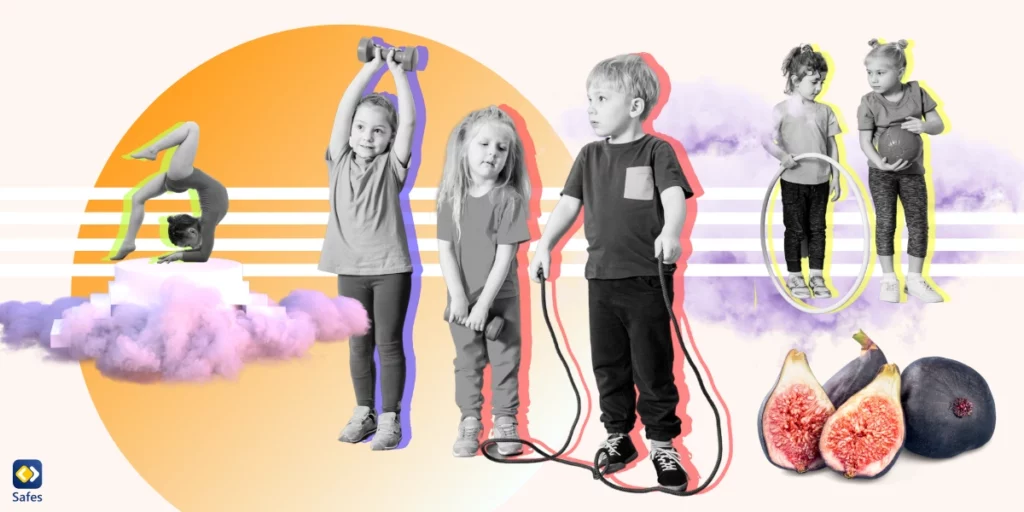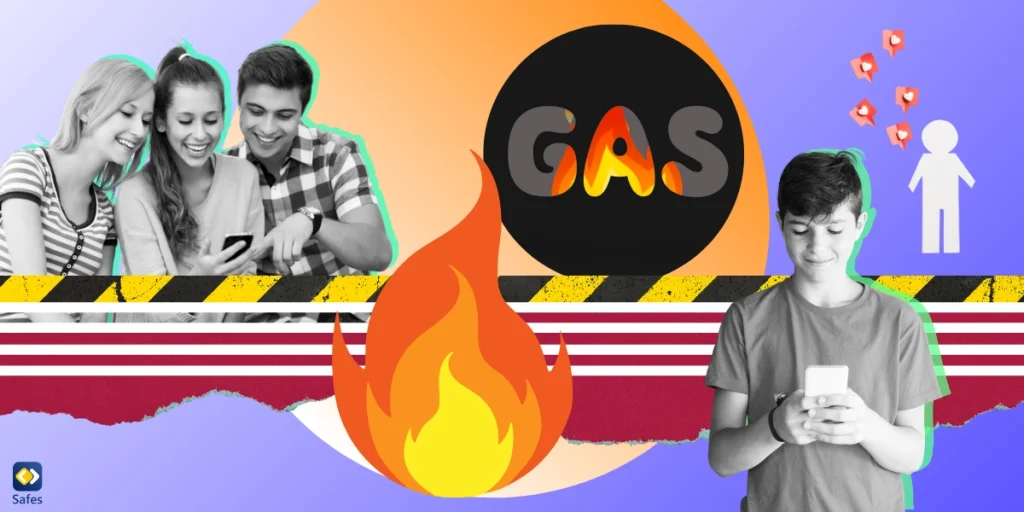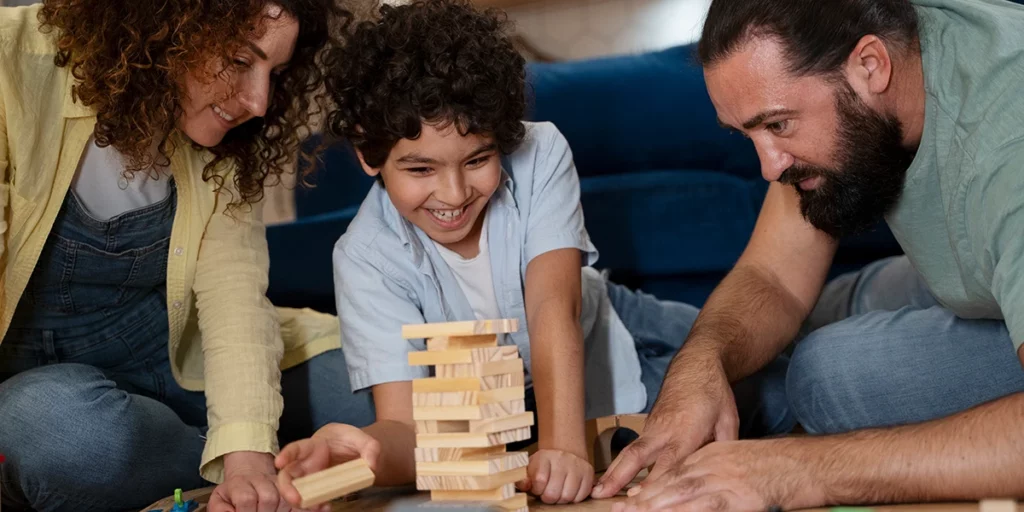Before the digital revolution, children spent a big chunk of their time outside playing games and hanging out with friends. But today, children seem to prefer staying indoors and using their screens. Screens come in so many forms that they never run out of fun for kids. But at what cost? Children are becoming more and more sedentary and missing out on the benefits of physical activity. What happens if you don’t exercise? The consequences can be harsh. That’s why in this blog post, we’ll explore the impact of a lack of exercise and excessive screen time on children’s health and well-being. We’ll also discuss practical tips for parents on how to encourage their children to be more active and lead a healthier lifestyle.
Download and Start Your Free Trial of the Safes Parental Control App
Physical Health Implications
One of the most significant symptoms of a lack of exercise in children is obesity and the health issues that follow it. In addition to being overweight, children who don’t exercise regularly are also at risk of poor cardiovascular health and reduced stamina. This issue on its own can cause secondary problems: It would be harder for overweight kids to keep up with their peers and participate in physical activities they enjoy. To add salt to injury, weaker muscles and bones resulting from a lack of exercise can lead to potential musculoskeletal problems.
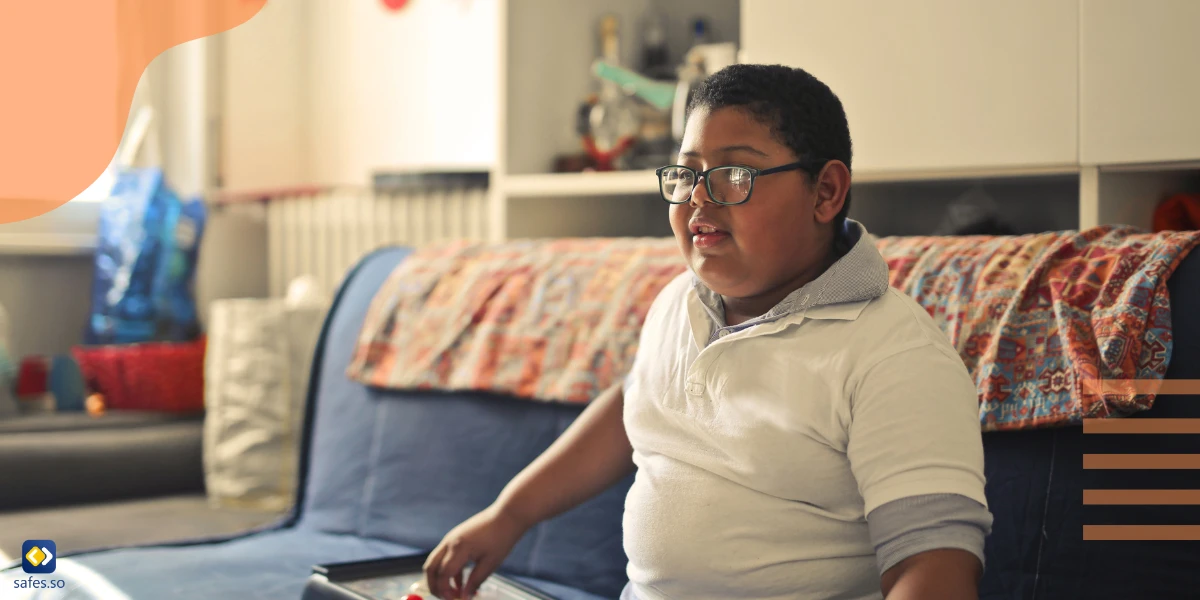
Mental and Emotional Consequences
Physical health isn’t the only thing at risk when children don’t exercise. Symptoms of lack of exercise can also show up in kids’ mental and emotional health. Reduced cognitive function and academic performance are common in children who don’t engage in physical activity. Kids who don’t exercise also show higher levels of stress, anxiety, and depression. Lack of exercise can also impair social skills and make it difficult for children to form relationships.
Impact on Overall Development
Lack of physical activity can also impact kids’ overall development. For starters, it can hinder the development of their motor skills and coordination, which can affect their ability to perform basic tasks such as writing or playing sports. It may also lead to hindered sensory development and spatial awareness, which can make it difficult for children to understand and interact with the world around them. Last but not least, children need to see and experience their environment, but with limited physical activity, kids will have limited exposure to the world out there.
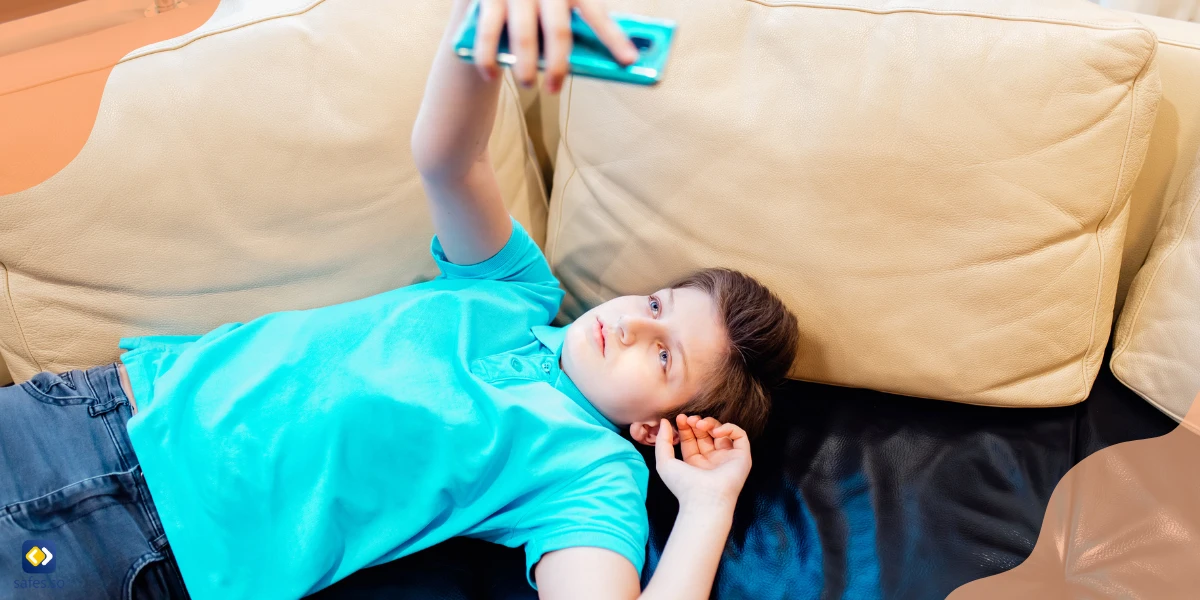
Connection to Excessive Screen Time
From tablets to smartphones, laptops to gaming consoles, screens are everywhere. And while they can be incredibly useful tools for learning, entertainment, and communication, they can also impact children’s physical activity. When children spend too much time in front of screens, they often replace physical activity with sedentary screen-based activities. The sedentary nature of screen-based activities can lead to reduced exercise levels and increased risk of obesity as well as a long list of other risks of excessive screen time. So, finding a balance between screen time and physical activity is crucial for children’s overall health and development. But how to find the balance? What’s what we’ll discuss next.
Tips for Encouraging Exercise and Reducing Screen Time
Getting kids to exercise can be a challenge, especially when screens are so tempting. But perhaps these practical strategies can help you incorporate exercise into your child’s daily routines:
- Make it fun: Find activities your child enjoys, like dancing, biking, or playing tag.
- Get involved: Exercise with your child and make it a family activity.
- Make it a habit: Schedule exercise into your child’s daily routine and stick to it.
- Break it up: Encourage short bursts of activity throughout the day, like jumping jacks during commercials or a quick game of Simon Says.
And here are some suggestions for setting screen time limits:
- Set a daily time limit: Decide how much screen time is appropriate for your child and stick to it. Parental control apps like Safes are very handy in controlling kids’ screen time. We’ll tell you all about them later in this log.
- Promote alternative activities: Encourage your child to read, play outside, or do a craft instead of watching TV or playing video games.
- Be a role model: Limit your own screen time and show your child that there are other ways to have fun.
Note that parental involvement is king. Children would be more willing to exercise and reduce screen time if their parents were involved and led by example. So, get moving and show your child that exercise can be fun and beneficial for the whole family.
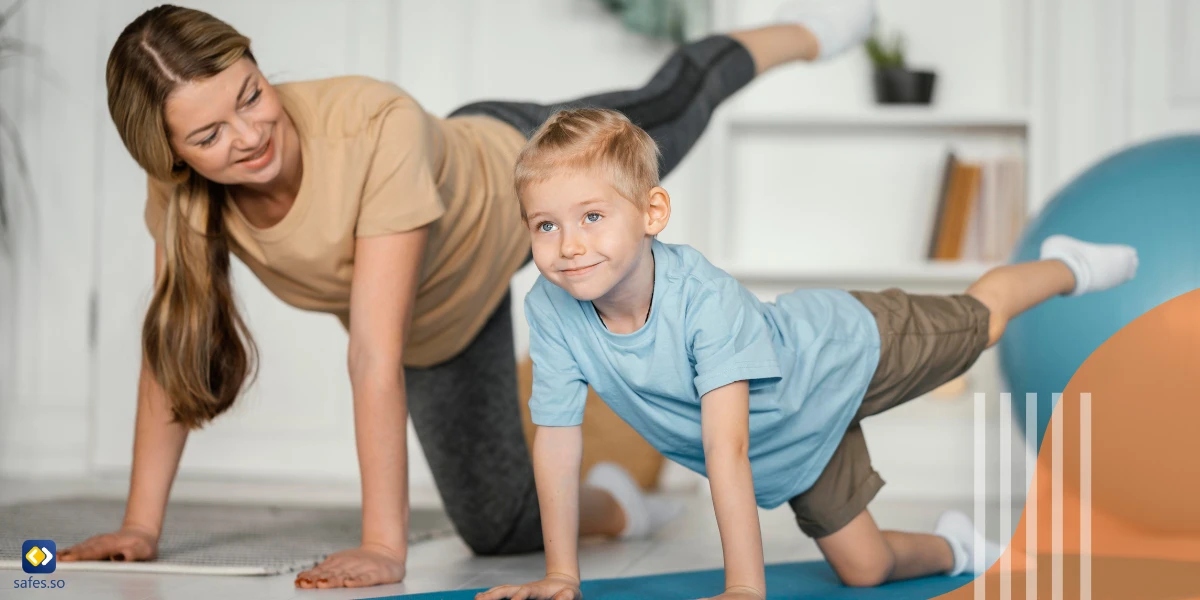
How Can Safes Help Control Children’s Screen Time?
The Safes parental control app is a great tool for you if you’re looking for ways to monitor and control your child’s screen time. It lets you set daily screen time limits, block access to certain apps and websites, and even schedule times when your child shouldn’t use their devices. With the app, you can see how much time your child is spending on their phones, tablets, and computers and use that information to promote alternative activities, like playing outside or going for a walk.
Safes is a great way to help your kid develop healthy habits and find a balance between screen time and physical activity. It’s available on all Android, iOS, Windows, and Mac devices. Wish to learn more about it? Follow the links below:
- Windows parental controls
- Macbook parental controls
- Parental controls on Android
- iPhone parental controls
What Happens if You Don’t Exercise?: Conclusion
So, what happens if your child doesn’t exercise? Exercise and physical activity are crucial for your child’s health and development. As we have seen, a lack of exercise can have detrimental effects on their physical health, such as obesity and other chronic diseases, as well as on their mental health and academic performance. Excessive screen time is closely linked to reduced physical activity, further exacerbating the problem. Thankfully, there are practical ways for you to encourage your kid to exercise more and reduce screen time, such as setting limits, providing positive reinforcement, and using parental control apps like Safes.
Your Child’s Online Safety Starts Here
Every parent today needs a solution to manage screen time and keep their child safe online.
Without the right tools, digital risks and excessive screen time can impact children's well-being. Safes helps parents set healthy boundaries, monitor activity, and protect kids from online dangers—all with an easy-to-use app.
Take control of your child’s digital world. Learn more about Safes or download the app to start your free trial today!
